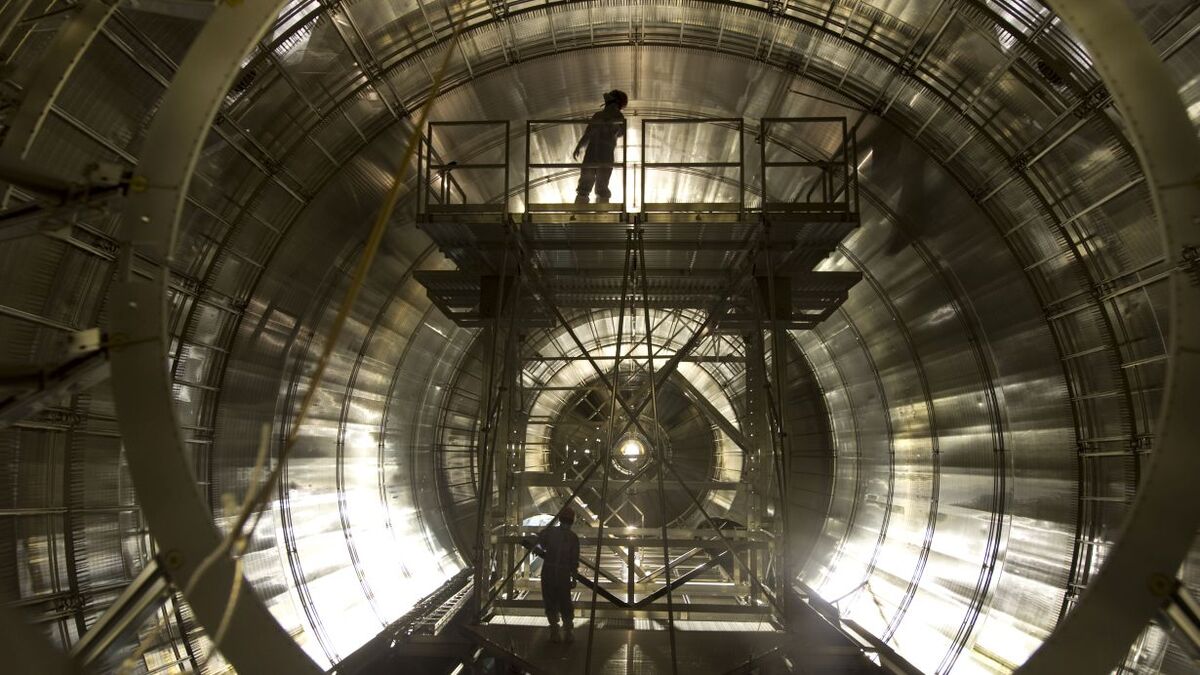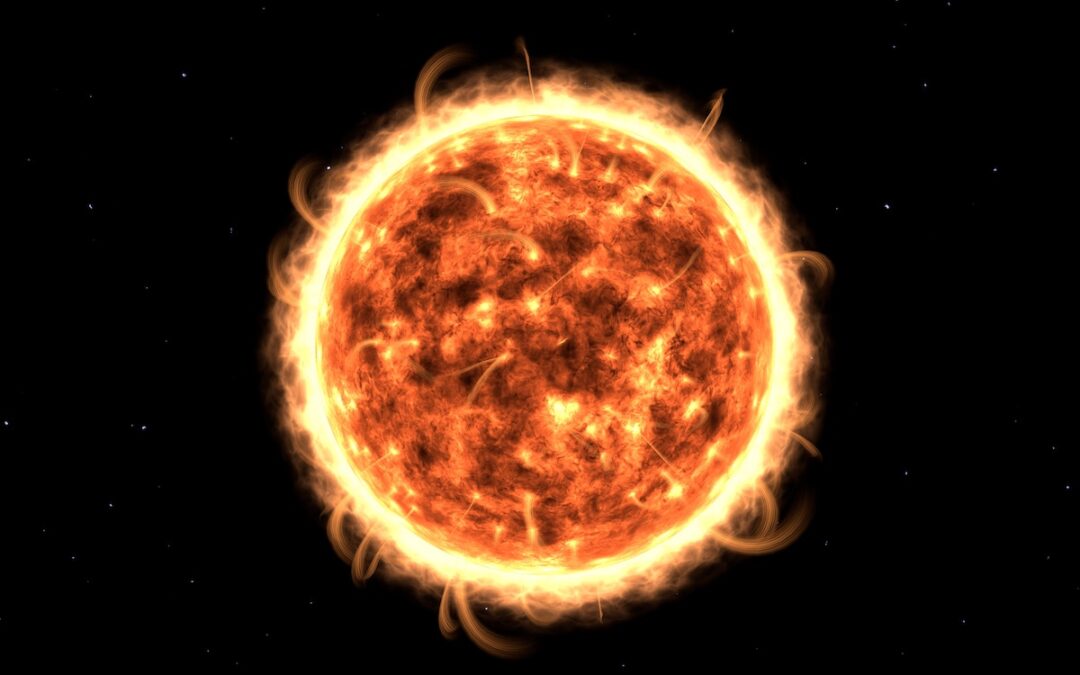On the freedom of “Free Energy” and the liberation from the existing system
Guest commentary by Holger Thorsten Schubart
The title leaves a lot of room for science and philosophical interpretations, and already here some minds are divided. The representatives of these groups often talk about different things in terms of content, but use the same terminology. While one group is strictly oriented towards proven knowledge, the other’s approach does not stand up to these considerations, and yet both are right in a way.
How free can energy be, or is someone thinking of cost freedom here?
According to Einstein, energy is directly related to mass (E=mc²), from which it follows: without mass there is no energy. It is therefore what keeps those processes in motion that we call nature, it is their driving force. Energy is omnipresent.
Energy, we can feel it or perceive it with other senses, but we can hardly touch it. Sometimes we can observe its effect or participate in the transition from one form of energy to another (e.g. through friction into heat).
How do I conserve energy and where do I get it?
In 1841, J. Robert von Mayer published his ideas as the forerunner of the law of conservation of energy (First Law of Thermodynamics), in which energies are not destroyed but transformed. Energy cannot disappear or be created out of nothing in closed systems, but it can be transformed from one form to another. Energy can come in different forms; potential energy, kinetic energy, chemical energy, electrical energy or even thermal energy. Energy can be transferred from one system to another and converted from one form to another. This always applies under the postulate that the total energy present in a system cannot increase or be lost.
So far, so good.
The universe consists of components that we know and even more that we do not know yet. The cosmic inventory includes energy in particular. Nowadays, this cosmic energy (cosmic radiation) is apparently no longer a marginal phenomenon in our perception, but this central phenomenon of the cosmos, neutrinos, finds its way into everyday language. Extreme energies, unimaginable for most of us, prevail in the cosmos. We feel some of it as the rays of the sun, which warms us, or see it as light. However, the majority of the cosmic ray spectra are not perceptible to us. They are the neutrinos. These particles have something ghostly about them, which is why they have long been called ghost particles. They come from the sun and from the vastness of space and permanently descend on our planet in unimaginable numbers, fuelling people’s fantasies about the origins of the universe as well as the possibilities for its future use.
Multibillion-dollar experiments are currently being conducted worldwide to study these phenomena, and fundamental researchers are trying to find out more about neutrinos in elaborate experiments. No enlightened observer can seriously doubt that these billions are being spent just to uncover the mysteries of the cosmos. There is much more to it than that.
Because these former ghost particles are not so ghostly any more: since the Nobel Prize in 2015, the public has also known that neutrinos have mass and – as already learned in mathematics and physics lessons – everything that has mass also has energy and all those who are hunting for it are basically hunting for energy, neutrino energy, unimaginable amounts of “free energy”.
These smallest particles naturally move within the laws of physics known so far, as well as the law of conservation of energy, and therefore also satisfy the conditions of quantum mechanics. That is, they act under the primacy that energy is the product of mass and distance squared. This, in turn, has nothing to do with “free energy”, unless one understands energy in general to be free and that this freedom is only lost when it has been converted and made available to the consumer in the form of electric current at a cost.

At the Karlsruhe Institute of Technology (KIT), a balance was recently put into operation at a cost of 60 million euros (photo above) and the team of physicists there has the task of determining the exact mass of the neutrinos. As soon as this is done, it will also be mathematically possible to precisely calculate and represent the energy of this invisible radiation in a formula, just as the energy of visible radiation can be calculated today. This implies, however, that at least until today the last secret about the energy of radiation has not yet been finally discovered or uncovered.
Neutrinos are created, among other things, during nuclear fusion inside the sun. After photons, they are the second most common particles in the universe and are not subject to electromagnetic or any other force, at least that is what we have assumed up to now. But perhaps our measuring methods also need to become more refined once again in order to realize once more that we have succumbed to an error, a false assumption, as it was prevalent in physics for decades when it was still believed that neutrinos were massless.
The Nobel Prize in Physics 2015 honoured the Japanese Prof. Takaaki Kajita and the Canadian Prof. Dr. Arthur McDonald, who independently developed measurement methods that could assign a mass to neutrinos and thus shook the world view of physics. These findings, if you interpret physics correctly and read between the lines, are the answer to what is called “free energy”. This is what the world has always dreamed of. Except for those who today still provide energy in an environmentally harmful way by burning fossil fuels and sell it to the consumer at horrendous prices as having no alternative.
The infinite stream of high-energy particles that is constantly raining down on us carries so much unbelievable energy that the only thing that can be done now is to convert this knowledge into technological progress for the benefit of humanity. Then, through conversion, this “free energy” will become usable electrical energy. However, just like the “free wind” that drives wind turbines or the “free sun” that generates electricity in photovoltaic systems, it will of course need technical devices that enable it to be converted into electricity wherever it is needed.
If you had your own oil or gas well in your garden, would you call that free energy? Or the photovoltaic system on the roof, the wind turbine in the neighbourhood, is that “free energy”? The free, infinite cosmos – is that the true origin of “free energy”?
Free energy is supposed to be arbitrary, free of charge and infinitely available. The desire for inexhaustible sources of energy is understandable, because a substitute for fossil or even renewable energies would be the solution par excellence. The term “free energy” used is therefore misleading and uses a definition that is already occupied. “Free energy” is a term bound by the second law of thermodynamics. Scientifically, “free energy” is a measure of the work capacity of a thermodynamic system. It is the difference between the internal energy of a system and the product of absolute temperature and entropy (transformation value) (F=U-T*S). The “free energy” (or Helmholtz energy) is a state variable and is determined by the current state of the system. It is measured in joules (J). Since energy is always bound to mass, all forms of transfer are defined by the law of conservation of energy.
With the kind of “free energy” that is supposed to provide a surplus of power in a closed system through the interaction of the most diverse systems (perpetual motion), the wish is probably father to the thought. With neutrino energy, however, we are talking about a system that is open at the top. Critics of neutrino energy often approach such physically impossible models out of ignorance (because the mass has only been known since the Nobel Prize in 2015) or ill will.
The energy reaching us from the infinite expanses of space (“free energy”), not only the energy of the sun, but cosmic radiation in general, infinite and unlimited, offers a still unknown wealth of possibilities for converting energy into usable energy in the future in accordance with the laws of thermodynamics.

The coming system will no longer need a lot of energy centrally through complex conversion (generated by burning fossil fuels) and then transported over hundreds of kilometres with enormous losses – the coming system will always make only as much energy available to the respective consumer as he or she needs at the moment. In the future, electrical energy will have to be converted from “free radiant energy”. Radiant energy is not free, but it is “much freer” than all the energy that is still made available today.
The use of this inexhaustible and decentralized energy source is gaining momentum. Not every new cooperation can be reported on, as non-disclosure agreements (NDA) exist and listed companies have multiple obligations regarding the publication of relevant data, cooperation and ad-hoc announcements. We can eagerly await official news from Neutrino Energy Group in the coming weeks and months.
Back to part 2: Neutrinovoltaic: The first products emerge


